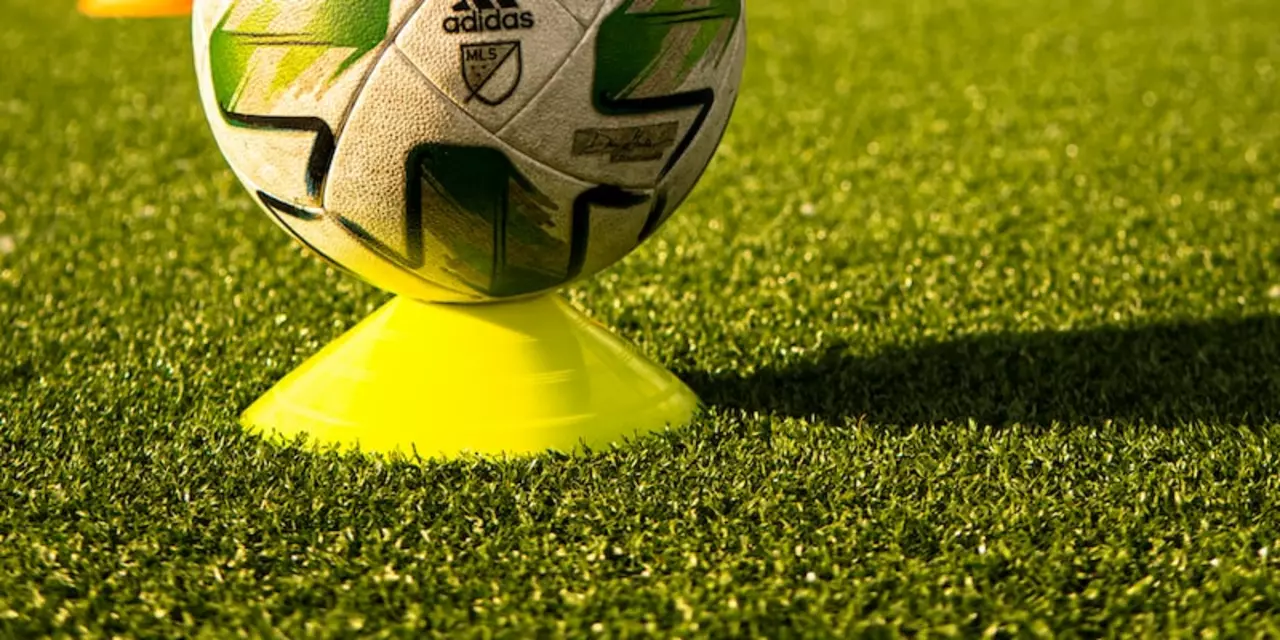Spikes – Your Quick Soccer Footwear Handbook
Ever wonder why some players glide across the grass while others look like they’re slipping? A good pair of spikes can make all the difference. They give you traction, help you change direction fast, and keep you stable when you jump for a header. But not every spike works for every surface, and most players don’t know how to look after them. Below are the basics you need to feel confident the next time you lace up.
Picking the Right Pair
First off, think about where you’ll play most often. Soft, muddy fields need longer, more aggressive studs that dig in without tearing the ground. Firm, dry pitches call for shorter, blunter spikes that spread the load and prevent your foot from digging too deep. If you hop between indoor and outdoor games, go for a hybrid set with a mix of the two.
Next, consider the shape of the stud. Round studs are forgiving – they roll a bit if you land awkwardly, which can spare your ankle. Blade‑style studs give you extra push‑off power for quick sprints, but they can feel harsh on hard ground. Most youth leagues recommend round or conical studs to keep injuries low.
Fit matters as much as the stud pattern. Your shoe should hug your foot without cutting off circulation. Slip your foot in, tighten the laces, and wiggle your toes. If you feel pressure points, try a half‑size larger or a different width. Remember, a snug fit helps the spike work its magic; a loose shoe just slides around and wastes your energy.
Maintaining Your Spikes
After every match, give your spikes a quick clean. A damp cloth wipes away mud and prevents the studs from rusting. If you notice dirt stuck between the studs, use a small brush or an old toothbrush – it’s faster than a full‑blown wash.
Check the studs regularly. Bent or broken spikes can ruin your balance and even cause cuts. Most clubs let you replace individual studs with a simple screwdriver. Keep a spare set in your bag so you’re never caught off guard.
When you’re not using them, store your spikes in a cool, dry place. Avoid leaving them in a hot car; heat can warp the upper material and make the studs loosen. A breathable shoe bag works better than a plastic bag, which traps moisture.
If you play on artificial turf, you might need a special set of shorter, rubber‑capped studs. They protect the surface and keep your footing solid. Switching between grass and turf? Keep two pairs in your kit bag and swap them out before you head onto the field.
Finally, listen to your body. If you start feeling extra soreness in your calves, shins, or knees, it could be a sign your spikes aren’t right for the surface. Don’t ignore the warning – try a different stud pattern or a softer boot, and see if the discomfort fades.
Spikes aren’t magic; they’re a tool that works best when you match them to the pitch, fit your foot, and maintain them well. Follow these simple steps, and you’ll feel the boost in confidence every time you step onto the field. Now go out, find the right pair, and enjoy the grip that lets you play your best game.
